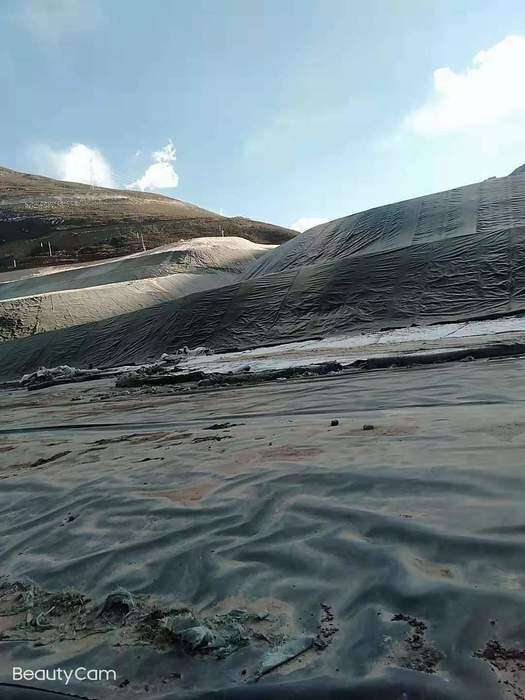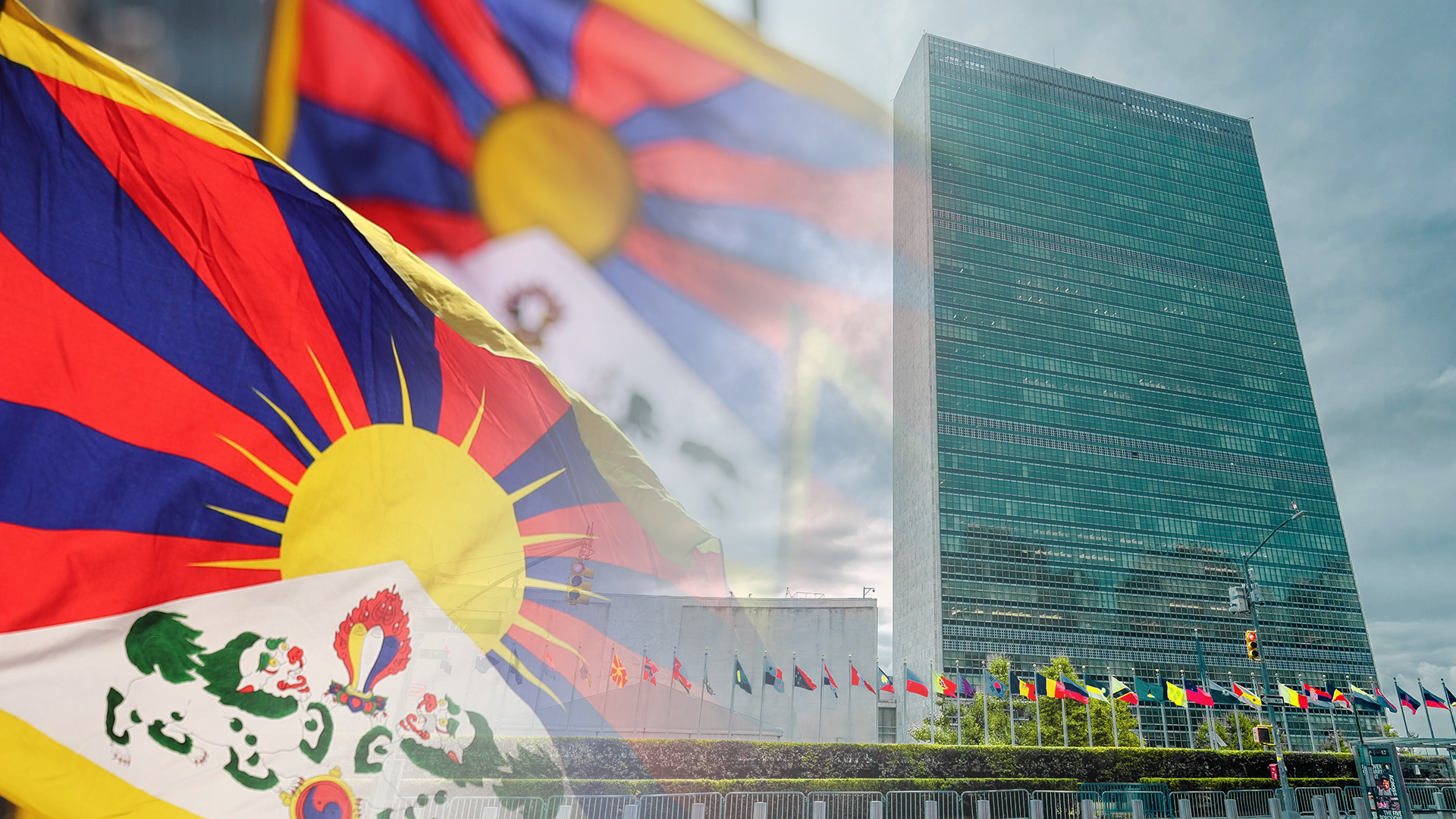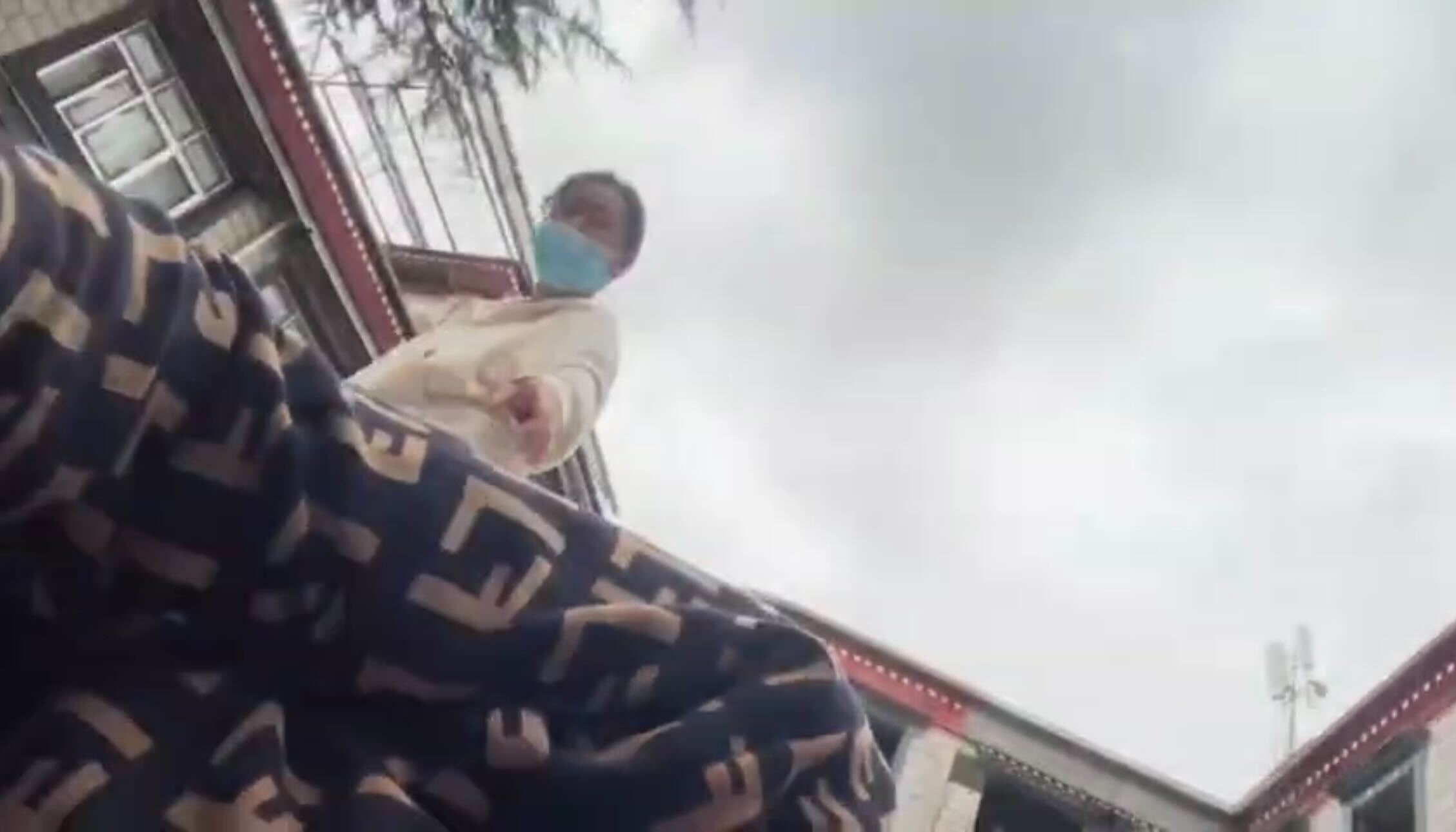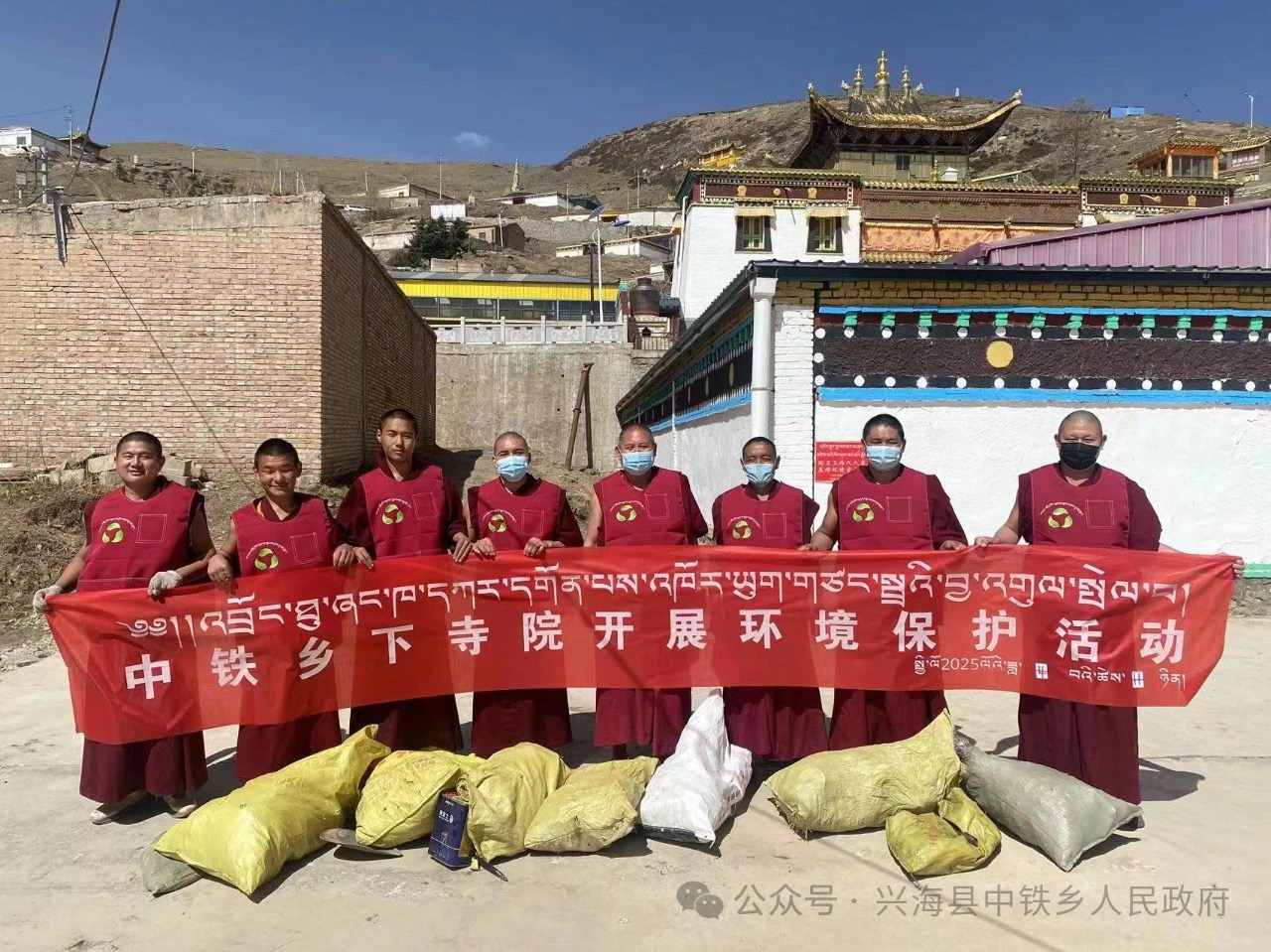
Local Tibetan residents grow concerned about the environmental impact and the lack of consent for the project.
Preparations for a massive gold mining operation has been underway in the eastern region of Kham over the past two years.
According to Tibet Watch in early February, Free Tibet’s research partner, a Chinese-owned private company has now been in the process of extracting gold for the past few months at Cho-shungma (Tibetan: ཅོར་གཞུང་མ་ ), which is located in Chamdo in the so-called Tibet Autonomous Region. Cho-shungma is a two-hour drive from Jhomda County.
There has been pre-preparation happening, such as the covering of the mining site with a heavy plastic cover to avoid the flow of water.
Preceding that, chemical experimentation and disposal at the site has killed most of the fishes and insects in the river. Rare video footage from inside Tibet shows a huge mountainside being covered by a thick plastic cover.
Around 200 Tibetan locals have been employed to work in the last two years. However, the locals in the region have also complained that the mining has been forcefully conducted without consent or consultation from the local residents.
The residents have already witnessed repeated landslides and massive flooding, due to the large scale environmental destruction. Massive dam constructions, mining, and the execution of the diversion of rivers have all contributed to the increase of environmental destruction to the land, human communities and wildlife in the region.
The local Tibetans have been silenced and the mining activities are being conducted in secret, leaving a huge gap in the knowledge of the mining project. Tibet Watch’s sources have said that the local Tibetans are forbidden from going near areas marked for mining, for example.
Jomda county has the second largest copper mine in China. On April 6 2005, investors signed an agreement to set up the Yulong Copper joint stock company in Jomda county. The construction of the mine started in September 2005 and became operational from September 2008. Since then various incidents of forced removal of hundreds of Tibetan nomadic families have taken place, leaving them with no means of sustainable livelihood. Repeated appeals made by the Tibetans to stop mining were left unheeded and many were arrested.
As the demand for renewable energy grows, demand for copper grows and traders speculate copper’s price in the global stock market everyday. However, the highly volatile nature of the global economy leaves communities of Tibetan at disadvantage politically and economically.







